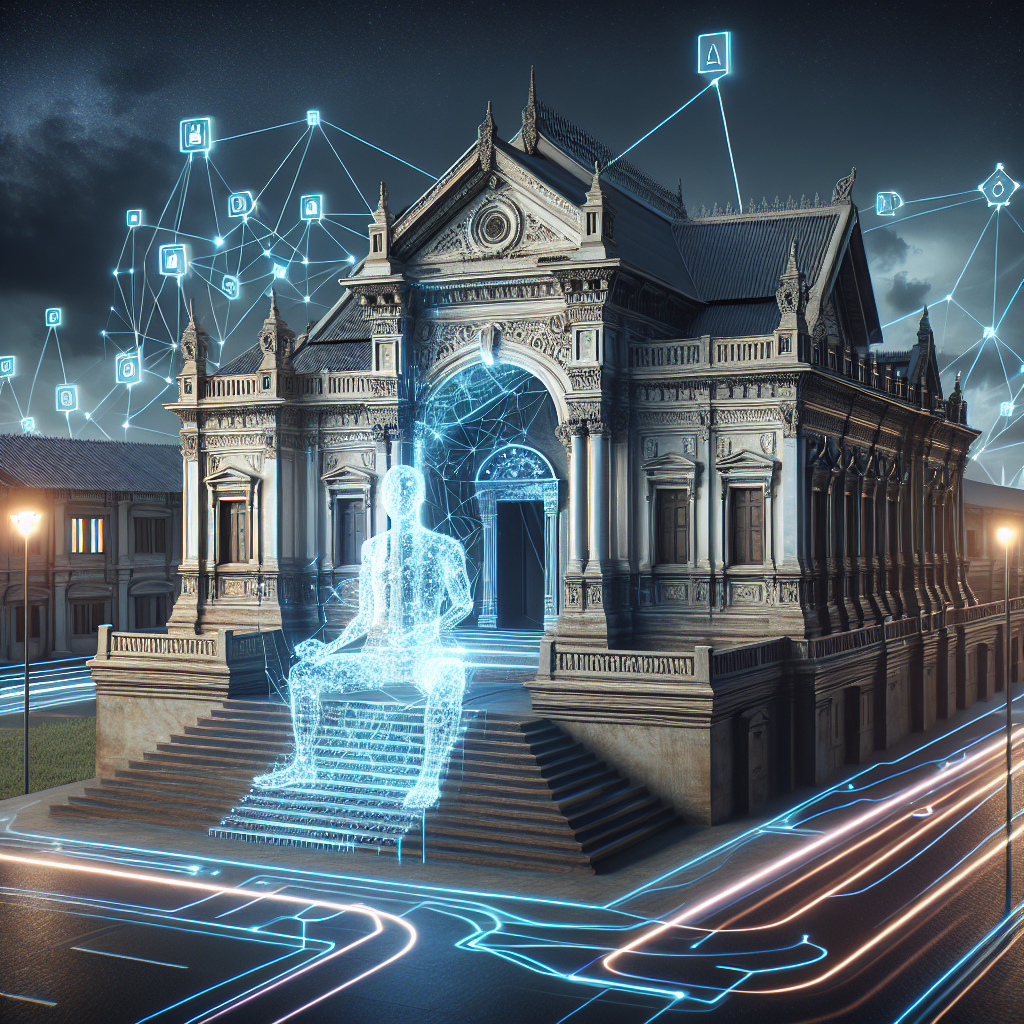Artificial Intelligence (AI) is revolutionizing many industries, and architectural preservation is no exception. AI has the potential to greatly impact how we preserve and maintain historic buildings, ensuring that these structures are protected for future generations to enjoy. From surveying and documentation to restoration and maintenance, AI is changing the way we approach architectural preservation.
One of the key ways in which AI is impacting architectural preservation is through surveying and documentation. Traditionally, surveying and documenting historic buildings has been a time-consuming and labor-intensive process. However, with the use of AI, this process can be streamlined and made more efficient. AI-powered drones can be used to survey buildings and capture high-resolution images of their facades and interiors. These images can then be analyzed using AI algorithms to create detailed 3D models of the buildings, allowing preservationists to better understand their structure and condition.
In addition to surveying and documentation, AI is also being used to assist in the restoration of historic buildings. AI algorithms can analyze the condition of a building’s materials and structure, helping preservationists to identify areas that require repair or replacement. AI can also be used to simulate the effects of different restoration techniques, allowing preservationists to choose the most effective approach for each building. This can help to ensure that historic buildings are restored in a way that preserves their original character and integrity.
AI is also being used to help with the ongoing maintenance of historic buildings. AI-powered sensors can be installed in buildings to monitor their condition in real-time, alerting preservationists to any issues that may arise. This can help to prevent damage and deterioration, allowing historic buildings to be preserved more effectively. AI can also be used to optimize the energy efficiency of historic buildings, helping to reduce their environmental impact while preserving their historic character.
Overall, AI is having a significant impact on architectural preservation, helping to streamline processes, improve accuracy, and ensure the long-term preservation of historic buildings. As AI technology continues to advance, its potential to transform the field of architectural preservation will only continue to grow.
FAQs:
Q: How is AI being used to survey historic buildings?
A: AI-powered drones can be used to capture high-resolution images of historic buildings, which can then be analyzed using AI algorithms to create detailed 3D models of the buildings.
Q: How is AI being used to assist in the restoration of historic buildings?
A: AI algorithms can analyze the condition of a building’s materials and structure, helping preservationists to identify areas that require repair or replacement. AI can also be used to simulate the effects of different restoration techniques.
Q: How is AI being used to help with the maintenance of historic buildings?
A: AI-powered sensors can be installed in buildings to monitor their condition in real-time, alerting preservationists to any issues that may arise. AI can also be used to optimize the energy efficiency of historic buildings.
Q: What are the benefits of using AI in architectural preservation?
A: AI can help to streamline processes, improve accuracy, and ensure the long-term preservation of historic buildings. It can also help to prevent damage and deterioration, and optimize the energy efficiency of historic buildings.

